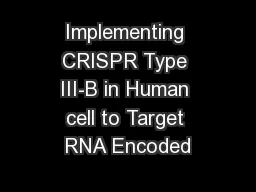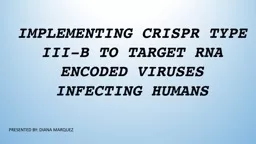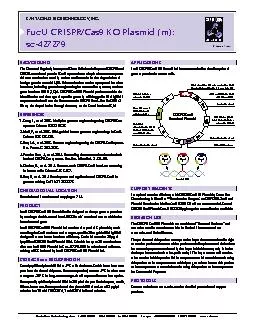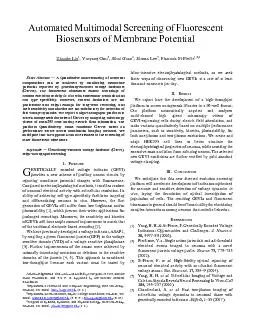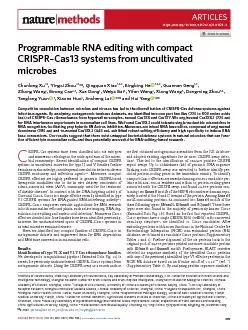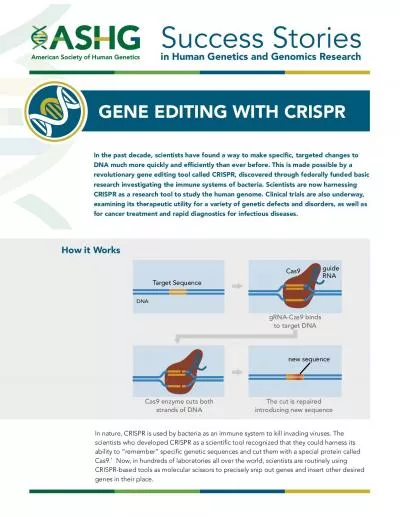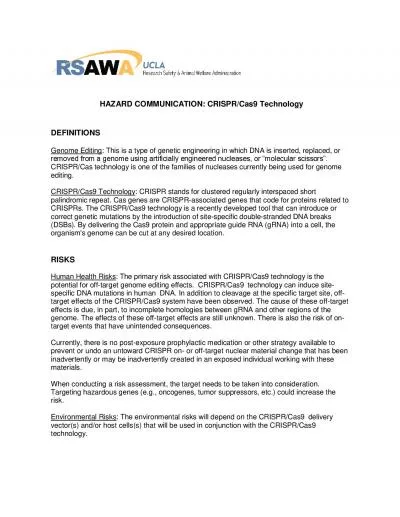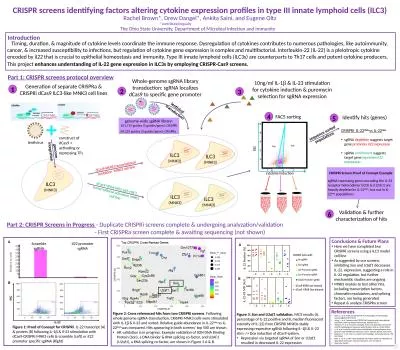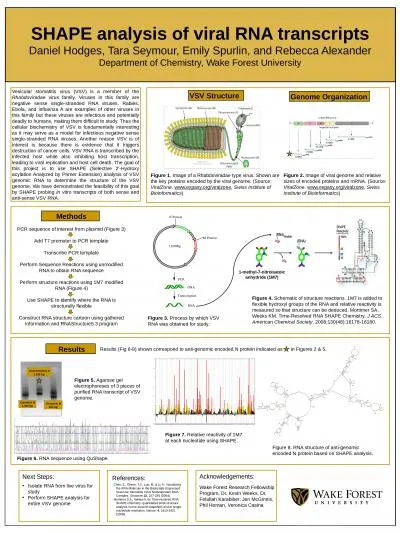PPT-Implementing CRISPR Type III-B in Human cell to Target RNA Encoded
Author : myesha-ticknor | Published Date : 2018-03-23
Viruses Presented By Diana Marquez Introduction The Rhinovirus while often synonymous with the common cold has also been found to be a contributing factor for the
Presentation Embed Code
Download Presentation
Download Presentation The PPT/PDF document "Implementing CRISPR Type III-B in Human ..." is the property of its rightful owner. Permission is granted to download and print the materials on this website for personal, non-commercial use only, and to display it on your personal computer provided you do not modify the materials and that you retain all copyright notices contained in the materials. By downloading content from our website, you accept the terms of this agreement.
Implementing CRISPR Type III-B in Human cell to Target RNA Encoded: Transcript
Download Rules Of Document
"Implementing CRISPR Type III-B in Human cell to Target RNA Encoded"The content belongs to its owner. You may download and print it for personal use, without modification, and keep all copyright notices. By downloading, you agree to these terms.
Related Documents

